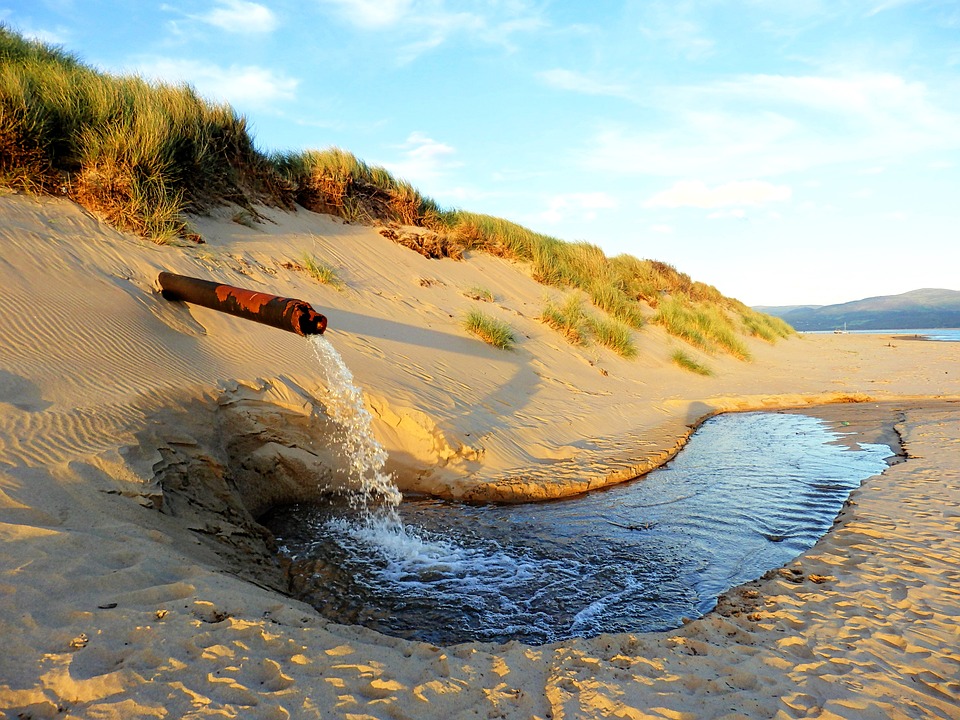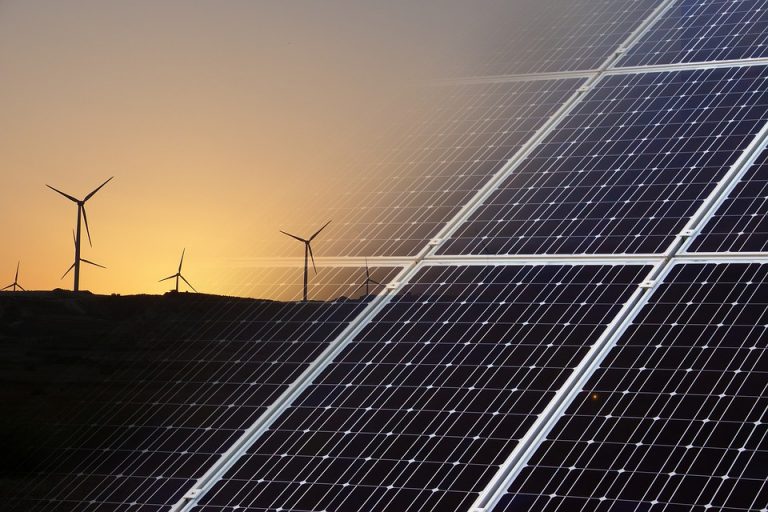
When drinking a cool, fresh and clear glass of water, you’re probably not thinking deep into how the liquid was filtered for consumption — beyond the fact that it was (hopefully) filtered! Water filtration can be done in a myriad of ways, but when it comes to filtering wastewater to clean and refreshing drinking water, membrane filtration may be the chosen method in your municipality or community.
What is Membrane Filtration?
While it’s never bad to reference Cypress Hill’s classic song, the technology isn’t insane to understand. Membrane wastewater treatment is the the process in which water passes through a semipermeable barrier — this being the membrane. The membrane is permeable enough to allow the water to pass through, but stands up as enough of a barrier to allow the contaminants to stay out; and therefore filter the water for drinking, cooking, or bathing.
Why Even Think About It?
To an average person, we’re more conscious about how much water we get in our daily lives, rather than where it comes from. It’s easy to dismiss the process; especially if you buy an imported bottled water at your local grocer. But for those who may filter water at home, drink it at the office water cooler, or drink right from the tap in your house or apartment, it’s never a bad idea to consider the origin story of your H2O.
Totally Tubular (or Spiral)!
Membrane filtration tends to have two types of filtration designs: spiral and tubular. While both designs can get the job done, each filter possesses its own nuances. With a hollow core, and flat-sheet membranes wrapped around it, spiral membrane filters allow the most membranes in a small package; ideal for needed filtration in smaller surface areas; and for use in desalination of seawater, water softening and organics removal. Tubular designs are recommended for recovering wastewaters or filtering suspended solids. The design provides tubed membranes that sit inside a larger tube for concentrated filtration.
Put a Filter On It
Just like your favourite Instagram filters of Claredon, Aden or Slumber, membrane filtration comes in different shades, contrasts and saturations as well. Depending on what you’re hoping to filter out, or accomplish, will result in how you’ll choose to filter. The types of filtration include:
- Reverse Osmosis: Defined as the process in which water is pushed through a semipermeable membrane, this filter option is ideal for removing ions, molecules, larger matter, and possible bacteria from the water. The key element is the application of pressure on the membrane to push water through.
- Nanofiltration: Typically applied for surface water or water below the surface (also known as ground water), nanofiltration works best for filtering out organic matter from water, such as: plant residue, manure, wood, or even sludge. As in the name, the filter works best by having holes as small as 1 nanometre to let water through, and the unwanted stuff out.
- Ultrafiltration: Much like reverse osmosis, the key element of ultrafiltration is the use of pressure to remove suspended solids from the filtered liquid. While used in the filtration of water, it’s also a common filtration method for the dairy industry.
- Microfiltration: In the same neighbourhood as ultrafiltration — and sometimes used in tandem with ultrafiltration or reverse osmosis — microfiltration is used most with disinfecting contaminated water. Example contaminants include: bacteria, yeast cells, or beach sand.
The Technology Today
Membrane filtration existed since the 1960s, but the technology really evolved and grew in popularity with rigid changes in water filtration laws. With the need for increased treatment standards, membrane filtration saw itself as the winner for being the most optimal and most cost-effective way to filter wastewater. However, like most forms of recycling, recovering wastewater can be heavy on energy consumption. Still, the benefits are impressive.
The most recent example being a case study in Orange County, California that hedged on wastewater reuse projects in the past — but on a second look, an examination revealed the saved water could replenish the coastal aquifer, and supplement water for local agriculture and municipal use. After creation, the plant saw immediate expansion, with another expansion expected in the future.
The Future of Membrane Filtration
Filtration with membrane technology continues to change today. The biggest update being the testing of biofiltration as a new form of membrane use. While still too experimental for mass use, a biofilter contains microorganisms that grow and work as the membrane filter; also called a biofilm. The yucky-on-paper ingredients of the biofilm can include microorganisms like fungi and yeast, to even macro-organisms like worms and larvae to purify the water.
If you’re muttering a polite “ew” under your breath, keep in mind biofiltration can be less energy dependent than other membrane filtration. In fact, local governments have already started to use biofiltering in Western Australia; with the intended benefit of improving stormwater runoff quality. The environmental repercussions from the runoff going into streams, rivers and the ground without influence can be major, so this introduction is welcomed to create positive environmental change.
Overall, membrane filtration will continue to stay as an effective way to transform wastewater into drinkable, safe water that can be enjoyed again. So whether it’s boiled water for your chai tea, or water right from the tap at home, it’s possible that cold glass of water quenching your thirst is seeing another life thanks to membrane filtration.





Leave a Comment